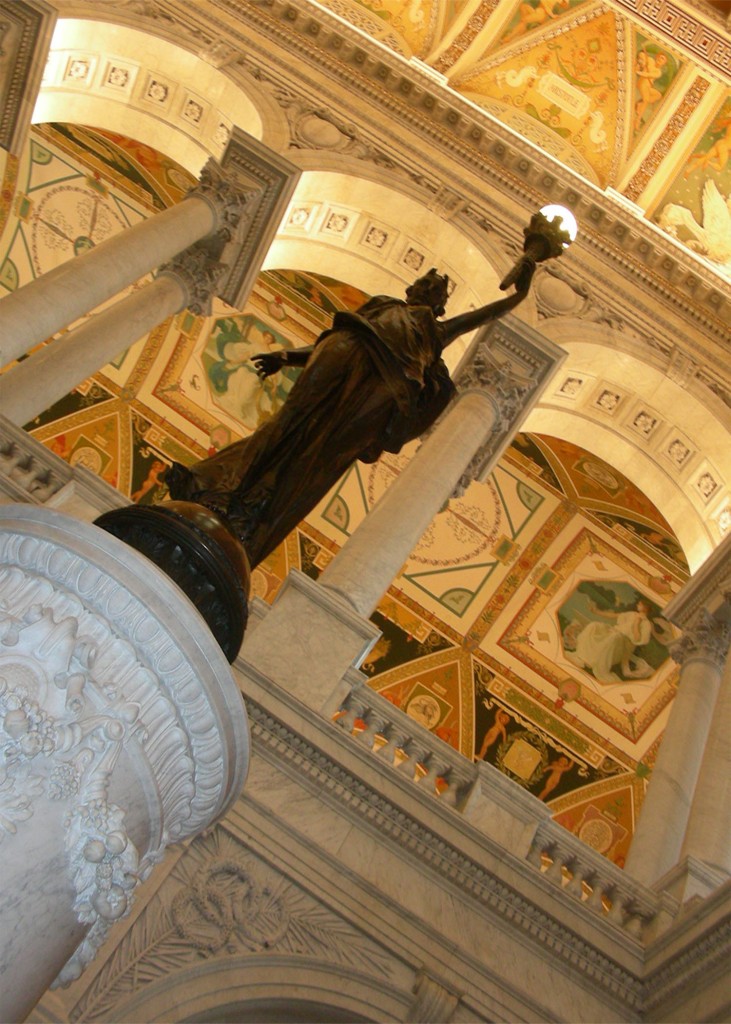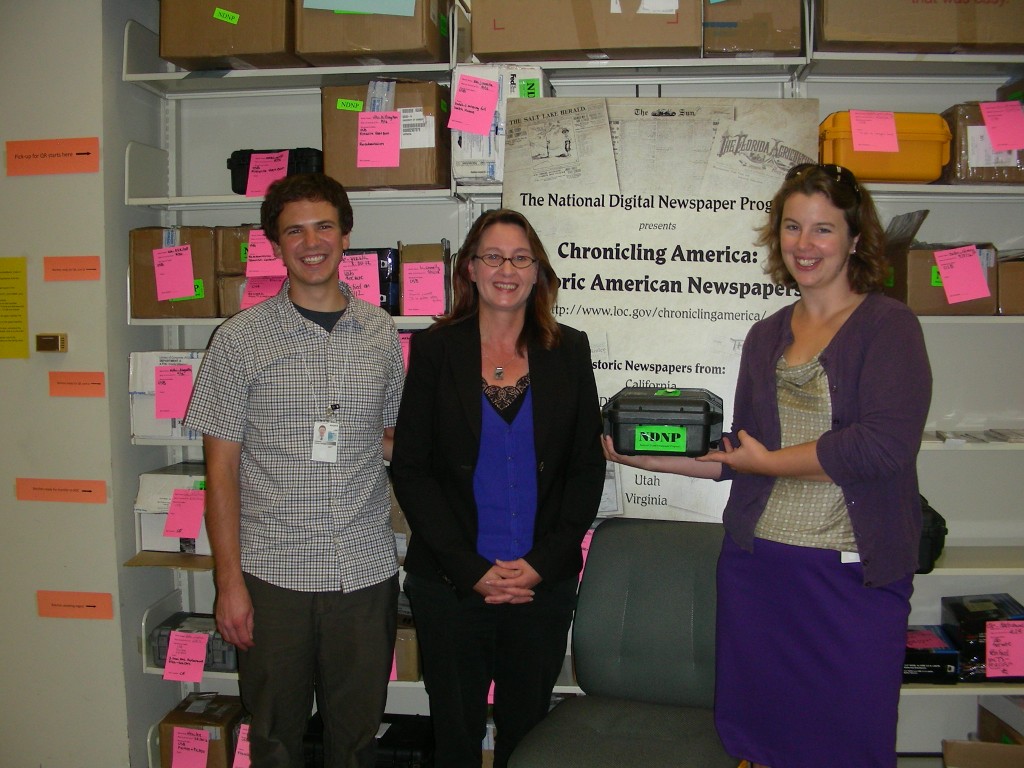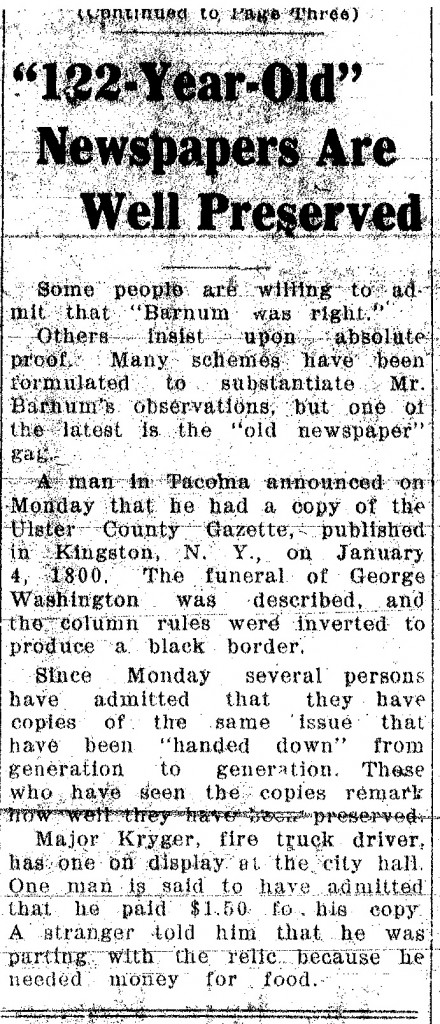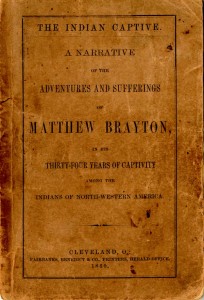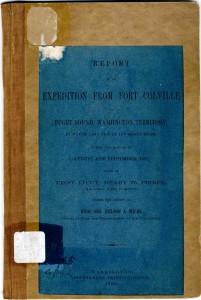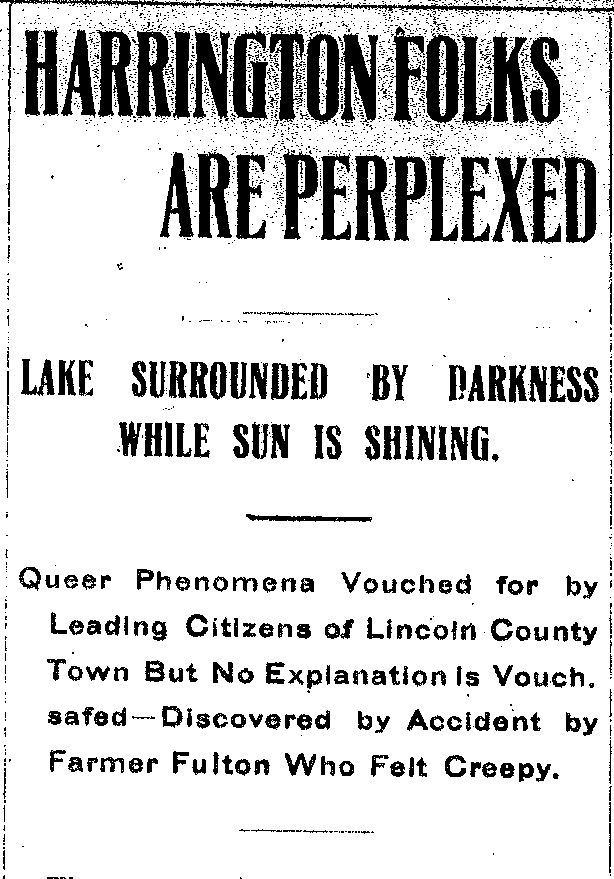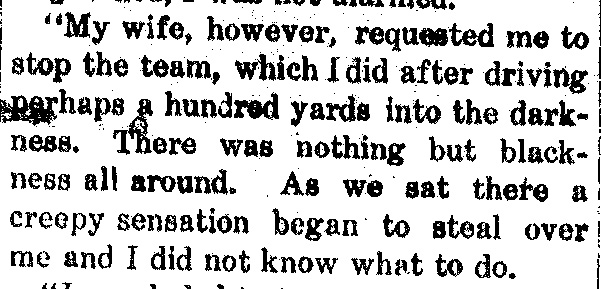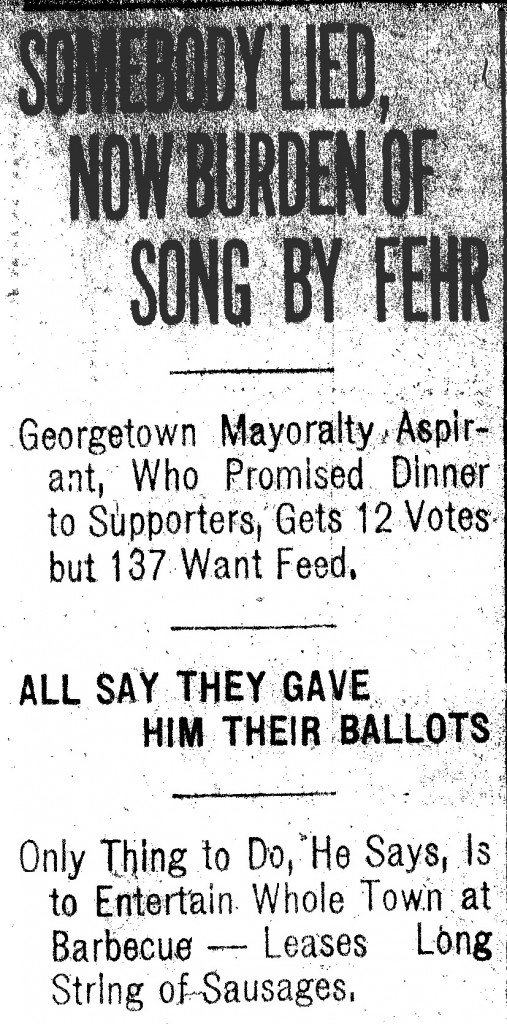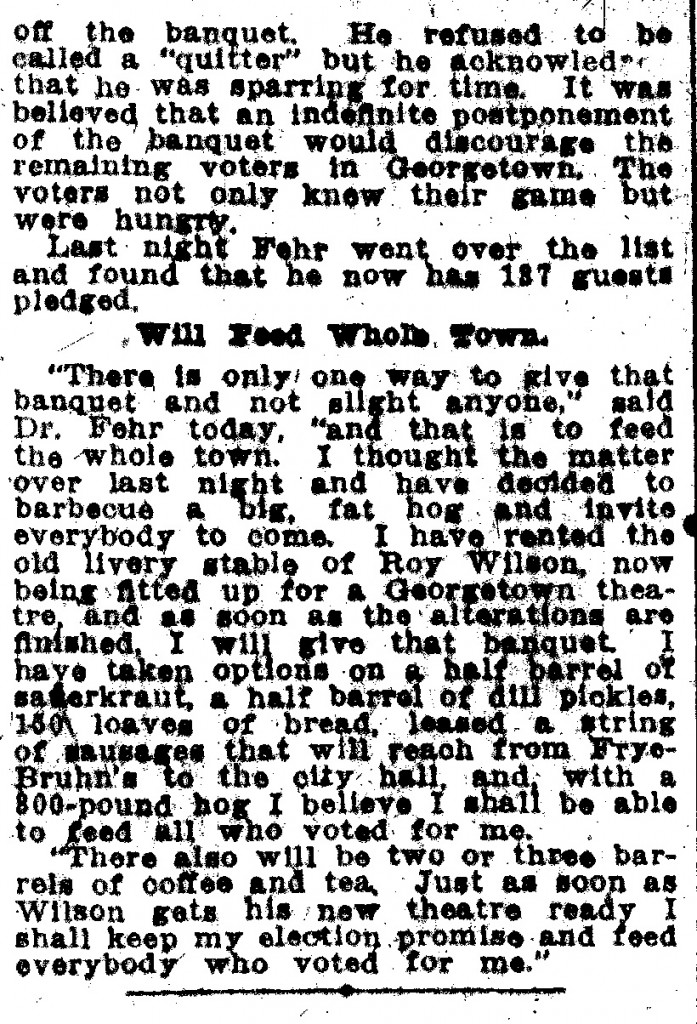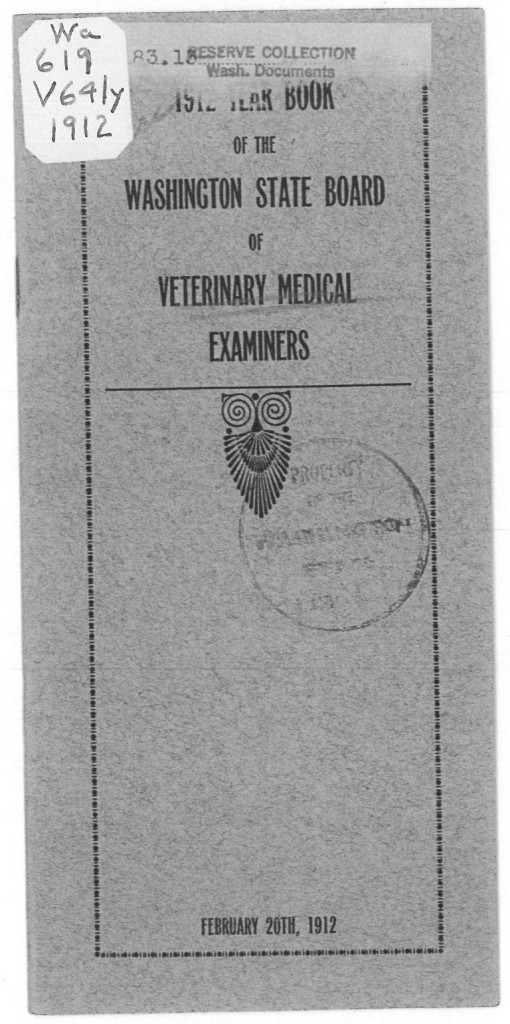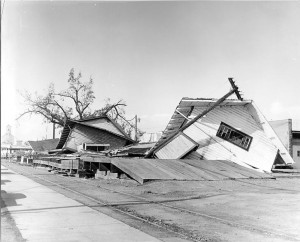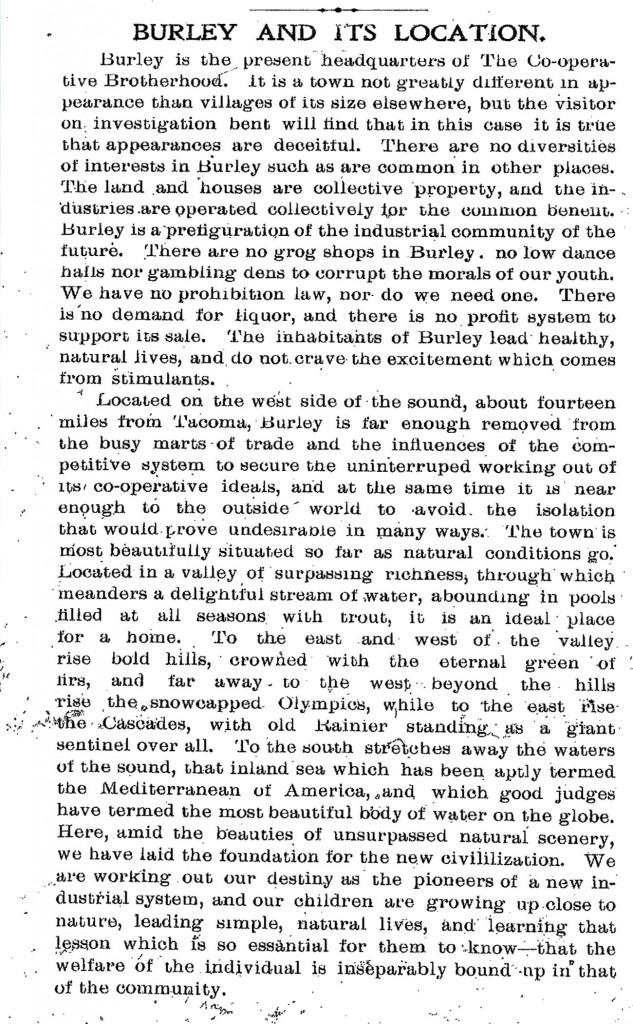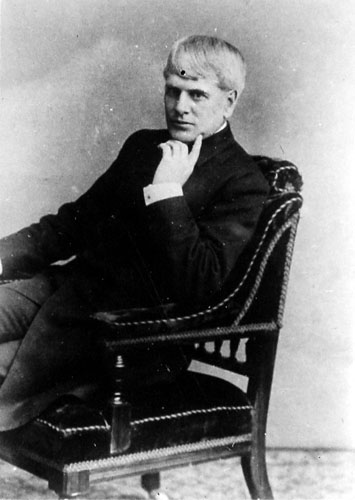
- Arlington Buckingham Wadsworth
From the desk of Steve Willis, Central Library Services Program Manager of the Washington State Library:
The Nov. 15, 1902 issue of The Spokane Press has a news account of a well known international con artist being arrested in Australia. The writer reminds the readers this criminal had made Spokane his home at one time:
HE WAS A SOCIETY MAN IN SPOKANE
Now Arrested in Australia—Wanted in Many Places for Similar Offences.
“The following telegraphic dispatch from Chicago will be of interest to Spokane people, as the principal in the case was at one time the central figure in a marriage scandal case in this city.”
“That Arlington Buckingham Wadsworth created surprise, admiration and disgust by his actions here some years ago is still fresh in the memories of the people.”
“He came to the city as a wealthy business man and was soon recognized as such. He engaged in the real estate business, rode behind a span of fast horses hauling a fine English trap and was everywhere looked upon with envy.”
“Mr. Wadsworth was a great favorite with the ladies and his winning ways soon won for him admiration on every hand. In the ballroom, banquet halls and parlors he could be seen surrounded by a bevy of beautiful and wealthy ladies. He only associated, so far as the public knew, with the best people in the city.”
“In a due course of time it became known that he intended to wed a young lady of wealthy parents. The love match was not broken for some months until it leaked out that Mr. Wadsworth was an imposter of the rankest kind, but the information came too late, as the lovers were on their way to Chicago to be married. The young lady’s father made all possible haste to stop proceedings and did so at the last hour.”

- Arlington Buckingham Wadsworth in the 1887 Spokane Directory
“It soon afterwards became known that Arlington Buckingham Wadsworth was a man of many names and perhaps as many wives. He never afterwards appeared in Spokane social circles and the police state that he is wanted for bigamy in several places.”
“In the following dispatch the name is changed to Arthur Bentley Worthington, but people who are familiar with the scandal created here state this is none other than Wadsworth.”
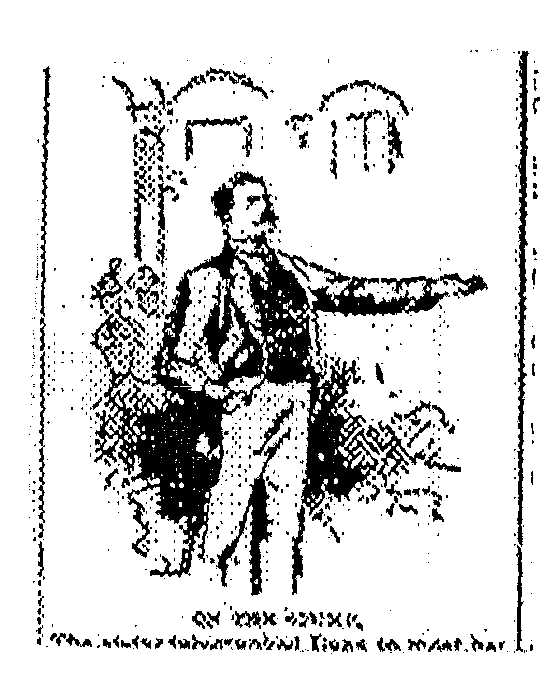
- On the Stump
“CHICAGO, Nov. 15.–Arthur Bentley Worthington, leader of the Spiritualist movement known as the ‘Students of Truth,’ and one of the most famous all-around confidence men known in this country for the past 25 years, has been apprehended in Australia, on a charge of obtaining money under false pretenses from a woman whom he induced to act as sort of a financial ‘angel’ for his movement in the Antipodes.”
“Nothing has been heard of Worthington in this country for a good many years, though the secret service authorities have been constantly on the lookout for him. His criminal record is a long one, and at different times in his varied career he has figured in the police annals of over a dozen states in this country from Maine to California. He has posed as a lawyer, banker, politician, real estate operator, spiritualist writer, mining speculator and organizer, and bigamy has been his most favorite role.”
“He was born in New York state, in 1847, his real name being Samuel Oakley Crawford. He enlisted in the Union army, in 1864, reappearing after the war was over as a temperance lecturer, studied law for a while, but, in 1867, he professed religion and preached as a Methodist minister in New Jersey. The next year he married, for the first time; his wife was one Josephine Ericson Moore. He deserted her and an infant daughter a year later. Soon after he turned up in Albany and buncoed a guileless farmer out of his hard-earned savings and was arrested and sentenced to the penitentiary for three years in 1870.”
“Four years later he married again in this city the daughter of a Boston clairvoyant. He deserted his second wife in a few weeks and before the year was over he married his third wife, the daughter of an Ohio judge, whose name he forged to a note for $3000.”
“He fled to Kansas City, where he lived for a short time under the name of Eugene Bonner, but got in trouble there in 1876 and went to Peoria, Ill. By this time the police in various parts of the country began to offer rewards for his arrest. Here wife No. 2 appeared, but he avoided her and fled to San Francisco. His marriage here to a wealthy widow, of whom he had borrowed $2000, was frustrated before the ceremony by a telegram exposing some of his operations in a matrimonial way.”
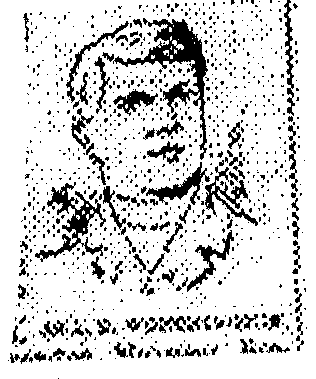
- Arthur B. Worthington
“By some hook or crook he managed to evade the officials of ‘Frisco and next turned up at Salt Lake City, where he became a Mormon, and is said to have preached in the temple. He got away from there with great expedition after borrowing $5000 from the all too trusting proselytes of Brigham Young, and Texas sheltered him next for a brief time.” “In 1878 he moved to Detroit, where he found a troupe of actors, and married a Miss Eliza Huntoon, under the name of Bannerton. Leaving the stage, he settled down in New Lisbon, Wis., where he practiced law, but soon tired of honest work. He borrowed several hundred dollars, forged a number of bonds and checks. He was caught and indicted, but his partner went his bail and the apostle took to traveling again, leaving wife No. 4 sadder and wiser.”
“The records show that he traveled through many states in 1882 and 1883 as an English tourist, cashing many worthless papers. Boston was his next home, where he again practice law, and lived in great style. He became acquainted there with a Mrs. John P. Sargent, a woman with a leaning toward spiritualism, and who had some money. He became an ardent spiritualist, and induced the woman to leave her husband and family and fly with him. The couple lived in Charleston, W.V., till Worthington had spent the woman’s money, and in 1886 the man disappeared altogether, though he had in the meantime swindled a Mr. Dana of Charlestown out of about $3000.”
“The advices received telling of his arrest in Melbourne last week show that he was up to his old tricks there and has at last fallen into the toils. After justice has been satisfied there he will be brought to this country to make amend for some of his many depredations.”
Wadsworth shows up in the 1887 Directory of the City of Spokane Falls as a resident of the Hyde Block. This three story building at 611 W. Riverside was ironically built by and named after Spokane’s first Chief of Police. It was destroyed in the 1889 Spokane fire. A second and larger Hyde Block was constructed on the same spot.
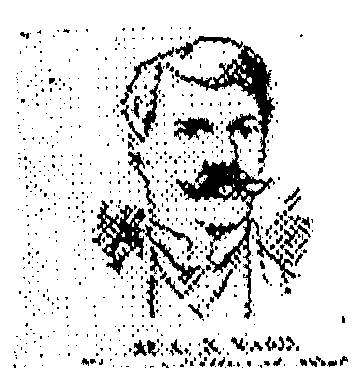
- General A. B. Ward
He also appears to be a defendant in two cases cited in Frontier Justice having to do with nonpayment on loans 1887-1888, so it would seem the system was starting to close in on him before he fled Washington Territory.
Posing as General A.B. Ward, he worked with Benjamin Harrison in the 1888 presidential campaign. As Arthur Bently Worthington he moved to New Zealand and became a leader of religion he invented called, humorously enough, Students of Truth.
After spending seven years in an Australian prison, he returned to the United States and was back to his con games. Arrested again in January 1917, he spent the final year of his life in a New York State jail. He died December 14, 1917, supposedly while talking through the cell bars to his latest wife, who was either number 10 or 12, depending on the source.






